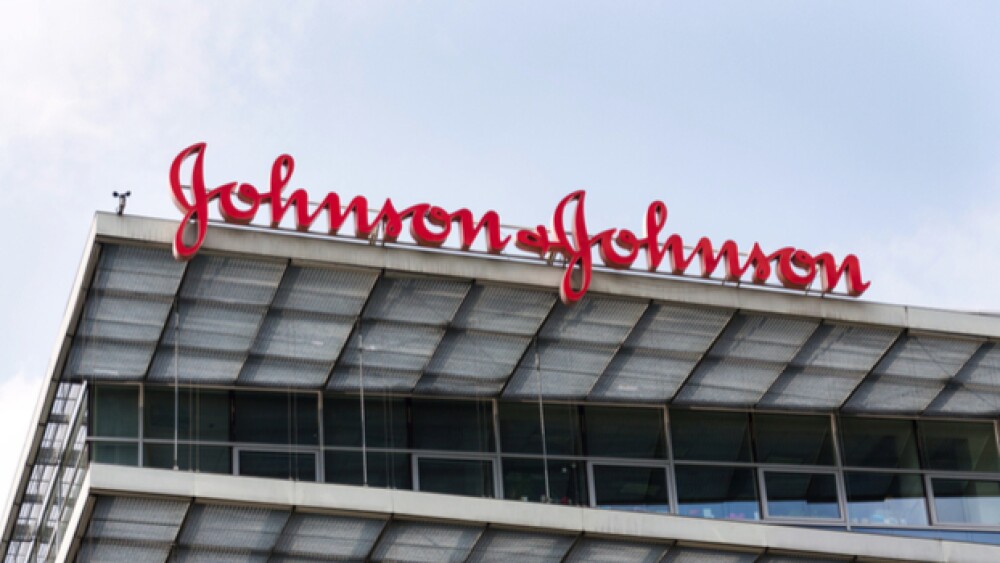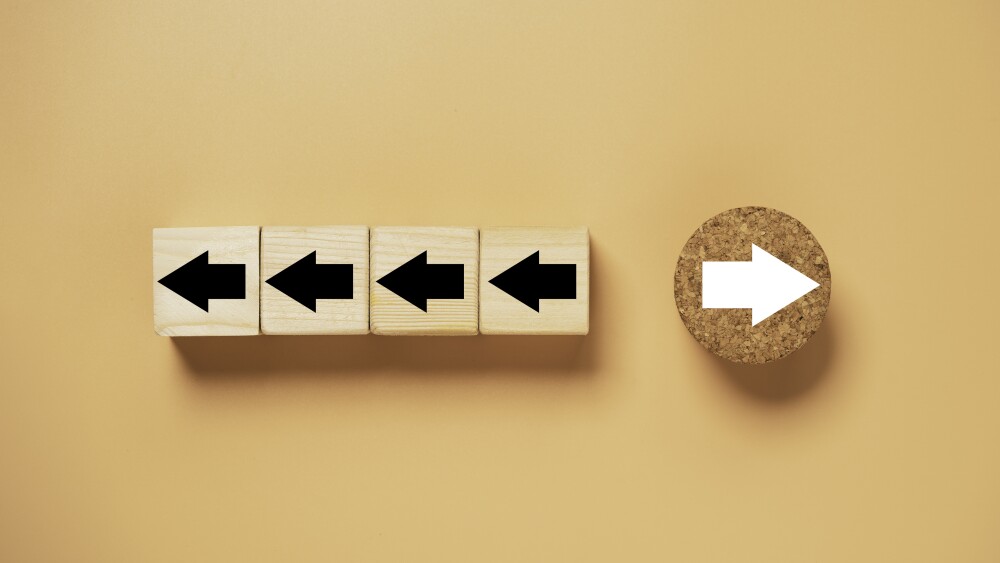It has been six years since Johnson & Johnson first launched its JLABS incubators for the life science industry with a vision of providing assistance to startups that could potentially bring about a new paradigm of care for patients.
josefkubes / Shutterstock.com
It has been six years since Johnson & Johnson first launched its JLABS incubators for the life science industry with a vision of providing assistance to startups that could potentially bring about a new paradigm of care for patients.
In the next few weeks, the parent company will share some inside information on the impact JLABS has had on the industry when it presents the JLABS 2018 Impact Report. While the data will initially be discussed in a closed-door summit, JLABS gave BioSpace a sneak peek at some of the data that would be shared in the report.
Over the past six years, JLABS has set up shop in more than 13 cities across the globe and is planning to open a new facility in Shanghai next year. In June, JLABS opened its business incubator in New York City with 26 companies in place. Sites in North America include San Diego, San Francisco, South San Francisco, Boston, Lowell, Mass., Houston and Toronto. There is also a JLABS in Beerse, Belgium.
JLABS is part of Johnson & Johnson’s external R&D arm. The program provides a “capital-efficient, resource-rich environment where emerging companies can transform the scientific discoveries of today into the breakthrough healthcare products of tomorrow,” according to the JLABS website. JLABS is a “no strings attached” model, which means that startups setting up shop in the JLABS facilities do not automatically give away any rights or ownership stake to Janssen, J&J’s pharma division.
Over the past six years, the different JLABS incubator sites have allowed more than 430 startups to set up shop and grow. The facilities helped those resident companies secure more than $11.6 billion through financing and strategic relationships. Of those startups, 88 percent remain in business as a standalone company, 14 of which have since gone public, with the other companies in that metric having been acquired by larger entities. One former JLABS company making waves is South San Francisco-based Cortexyme. Dubbed a rising star by the California Life Sciences Association, Cortexyme is developing its lead asset COR388 as a potential treatment for Alzheimer’s disease. In May Cortexyme secured $76 million in financing to advance its study of COR388 from investors that include vaunted pharma names like Pfizer, Takeda and Verily Life Sciences.
In addition to the JLABS companies securing funding, the JLABS report shows that the incubated companies have forged alliances with other companies. Collaborations with other companies increased by 51 percent, to 107 deals between current and former residents, the JLABS data shows.
This past year alone, Johnson & Johnson Innovation has awarded $6 million to startups in 2018. Those funds were spread across more than 30 Quickfire challenges, an innovation program through the JLABS platform.
Many of the JLABS resident companies have moved beyond the discovery phase into human trials. According to the snapshot of data, 26 percent of resident companies are currently conducting human trials and 25 percent have a commercial product on the market.
The JLABS report also points to an interesting bit of data regarding diversity. In its report, JLABS notes that the healthcare industry is mostly comprised of white males. JLABS leadership, though, is largely female and more than 26 percent of resident companies are led. Also, the report shows that 23 percent of the companies are minority led.





